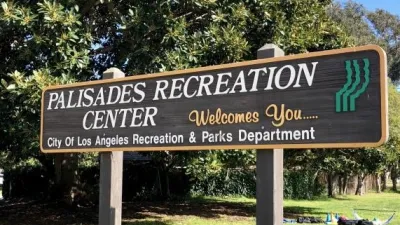As cities grow, the spaces within them that are truly public diminish, according to this piece. But even with few public spaces, public activities can still thrive.
This post from The Wall Street Journal's India Realtime blog looks at how the lack of public space affects the feeling of cities in India.
"In a city like New Delhi, well-protected and spacious historical sites, public parks, plazas and malls stand as a contrast to the action-packed and crowded streets of the anti-thesis of the world class in the very local, Chandni Chowk. In neighborhoods that decidedly don't fit with the world class vision, such as Dharavi in Mumbai, where any space is currency, designated public space is virtually non-existent but the spirit of the public infuses every nook and corner. Crowded streets become collective spaces during festivals; temples and shrines become either thoroughfares or meeting points; they remain oases of calm or contribute to the general din.
A layer of public-ness settles onto traffic-infested streets when collective prayer has to happen and for that one moment waves of urban chaos freeze, and allow for that incredible flash of community to manifest itself before crashing back into their usual stormy selves a few minutes later. More often than not, leisure, commercial and communication uses share the same space and time: streets are typically used simultaneously as a playground by kids, sales points by a street vendor, pedestrian links to the train station, as well as meeting places for residents, drying spaces for clothes and advertising spaces for movies and recruitment agencies."
FULL STORY: Urban Journal: The Vanishing Public of the ‘World Class City’

Alabama: Trump Terminates Settlements for Black Communities Harmed By Raw Sewage
Trump deemed the landmark civil rights agreement “illegal DEI and environmental justice policy.”

Planetizen Federal Action Tracker
A weekly monitor of how Trump’s orders and actions are impacting planners and planning in America.

Why Should We Subsidize Public Transportation?
Many public transit agencies face financial stress due to rising costs, declining fare revenue, and declining subsidies. Transit advocates must provide a strong business case for increasing public transit funding.

Understanding Road Diets
An explainer from Momentum highlights the advantages of reducing vehicle lanes in favor of more bike, transit, and pedestrian infrastructure.

New California Law Regulates Warehouse Pollution
A new law tightens building and emissions regulations for large distribution warehouses to mitigate air pollution and traffic in surrounding communities.

Phoenix Announces Opening Date for Light Rail Extension
The South Central extension will connect South Phoenix to downtown and other major hubs starting on June 7.
Urban Design for Planners 1: Software Tools
This six-course series explores essential urban design concepts using open source software and equips planners with the tools they need to participate fully in the urban design process.
Planning for Universal Design
Learn the tools for implementing Universal Design in planning regulations.
Caltrans
Smith Gee Studio
Institute for Housing and Urban Development Studies (IHS)
City of Grandview
Harvard GSD Executive Education
Toledo-Lucas County Plan Commissions
Salt Lake City
NYU Wagner Graduate School of Public Service




























